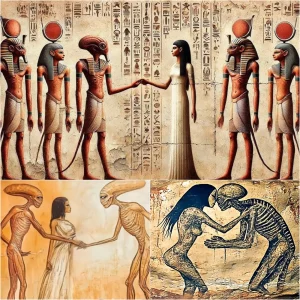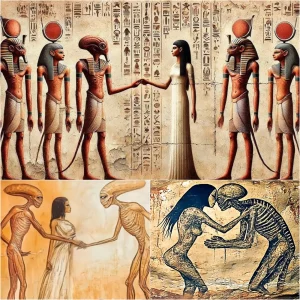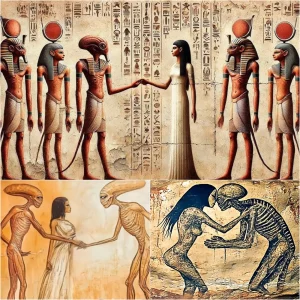A hoard of 100,000 ancient coins was unearthed at a building site in Maebashi, Gunma Prefecture, central Japan, as reported by the national newspaper Asahi Shimbun on November 3rd. The discovery occurred as a company was preparing to construct a factory in the area.
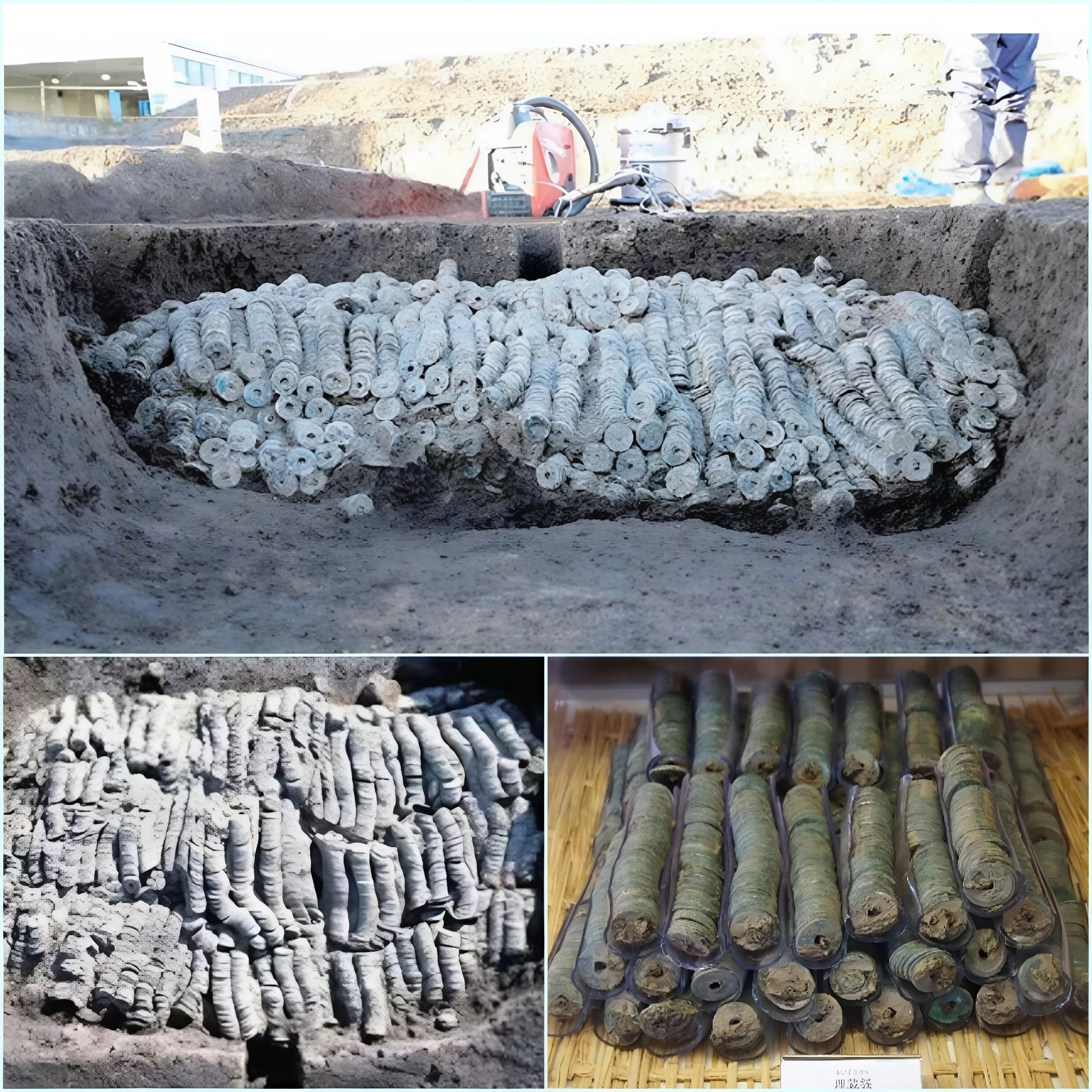
The coins, bundled with straw rope, were found in 1,060 bundles, each containing 100 coins. They were discovered in an area measuring approximately two feet high by three feet wide. The coins span a wide range of history, with some dating back more than 2,000 years to the Chinese Empire.
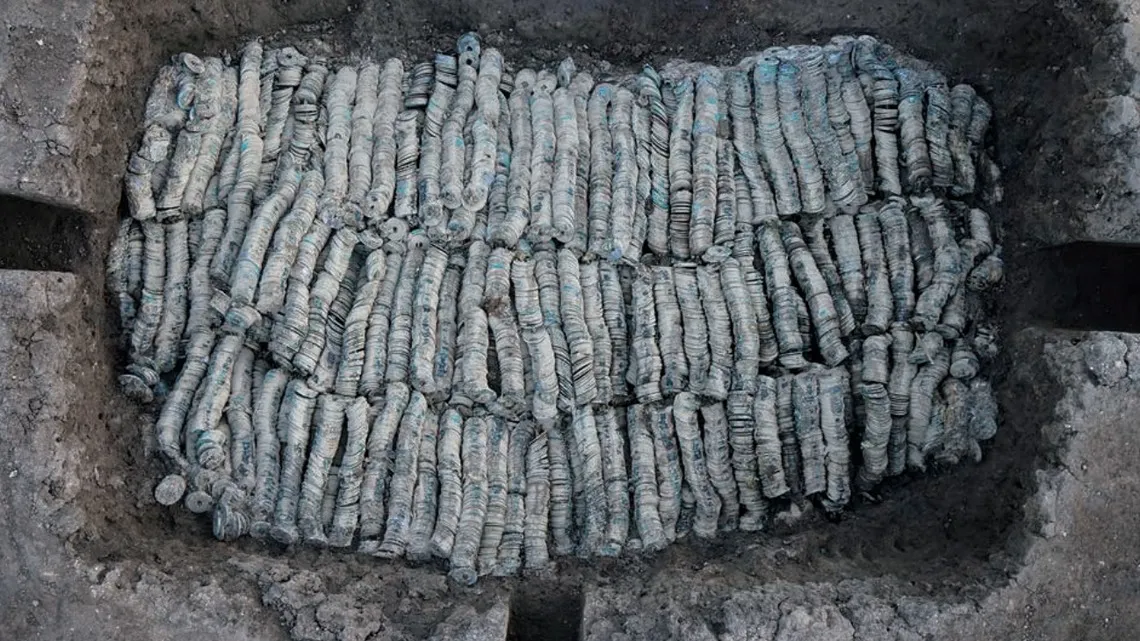
Upon examination of 334 coins, experts identified coins from at least 44 different years. The oldest coin identified so far is a Ban Liang bronze coin with an engraved design and a center hole, dating back to 175 BCE. Conversely, the most recent coin found dates to 1256 CE, during the Kamakura period (1185–1333).
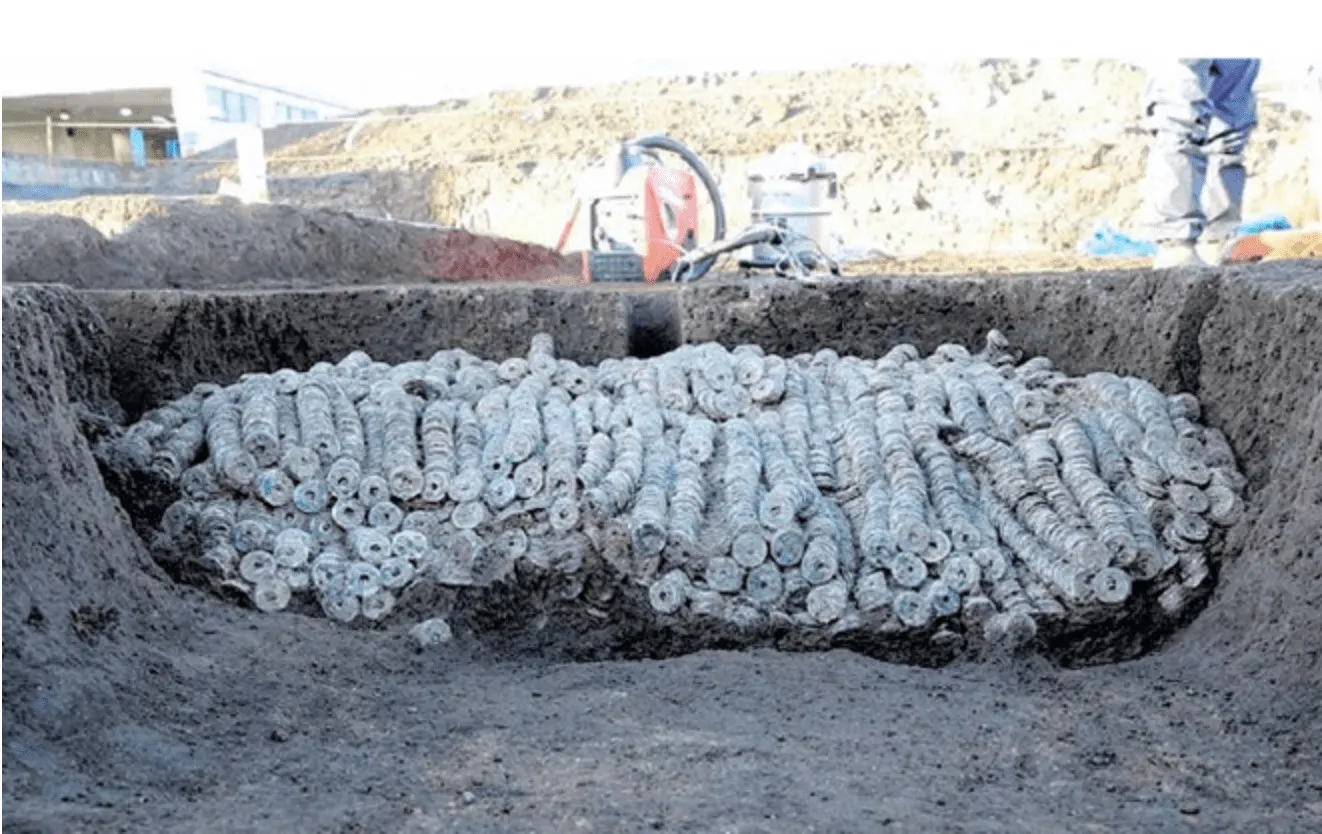
Alongside the coins, other artifacts were discovered at the site. Archaeologists speculate that the location may have been a significant area of the Kozuke province, which preceded Gunma Prefecture from the late 3rd to late 7th centuries. The context of the coins suggests they were hastily buried, possibly for safekeeping, during a period of unrest, possibly related to impending conflict.
This discovery offers valuable insights into the economic and historical dynamics of ancient Japan, shedding light on the activities and responses of people during times of turmoil. As further analysis continues, more details about the site and its significance are expected to emerge.


